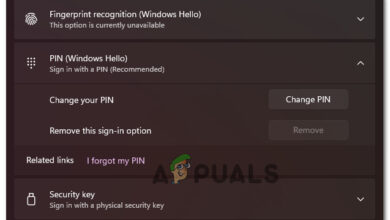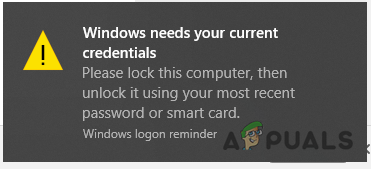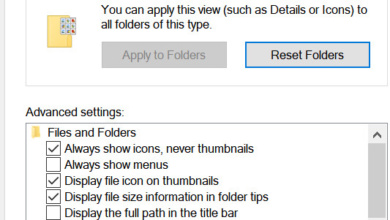How to Prevent Users from Adding or Removing Toolbars?
The Taskbar is an element of Windows 10 that is located at the bottom of the screen and toolbars are one of the many features that the Taskbar provides. There are several built-in toolbars that the users can set or create a new toolbar. The Taskbar toolbars can help in quickly accessing addresses, links, and specific files. This can be easily set by right-clicking on the Taskbar and choosing options. However, if your PC is used by multiple users, then they can also use this feature for enabling and disabling toolbars. If you do not want other standard users to add or remove the toolbars on the Windows Taskbar, then this article will help you out.
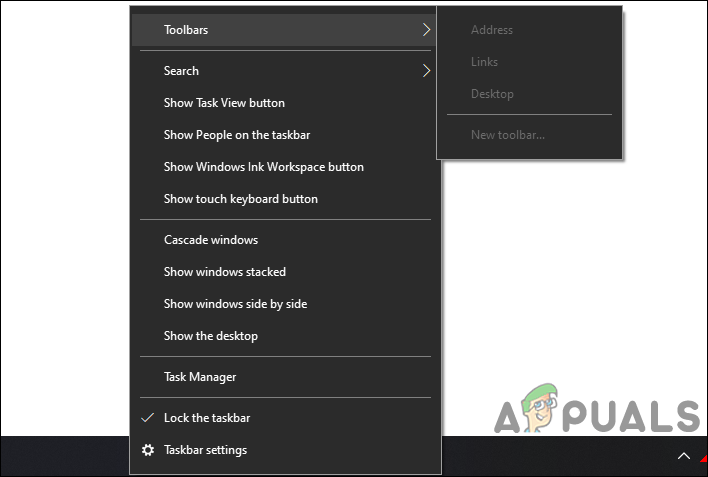
Some of the settings can be restricted for standard users and some for users with less knowledge. It isn’t necessary to disable the only setting that the users use, but you can also disable the setting that you don’t need. Windows 10 comes with many features and not each one of them is used by most of the users.
Disabling Toolbars through the Local Group Policy Editor
The Group Policy is a tool that offers a centralized way of configuring and managing the Windows operating system. An administrator can use the Local Group Policy Editor to enable and disable different types of settings in their Windows. There is a specific setting for enabling and disabling the toolbars on Taskbar. Enabling this setting will gray out the toolbars option that you can access through the Taskbar.
Note: The Group Policy Editor isn’t available in the Windows Home Editions and if you are using it, then skip this method.
- Open the Run dialog by pressing the Windows and R keys together on your keyboard. To open the Local Group Policy Editor, type “gpedit.msc” in it and press the Enter key.
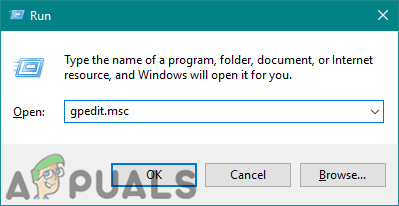
Opening the Local Group Policy Editor - Navigate to the following setting in the Local Group Policy Editor window:
User Configuration\ Administrative Templates\ Start Menu and Taskbar\

Navigating to the setting - Double-click on the setting named “Prevent users from adding or removing toolbars” and it will open up in another window. Now change the toggle option from Not Configured to Enabled.
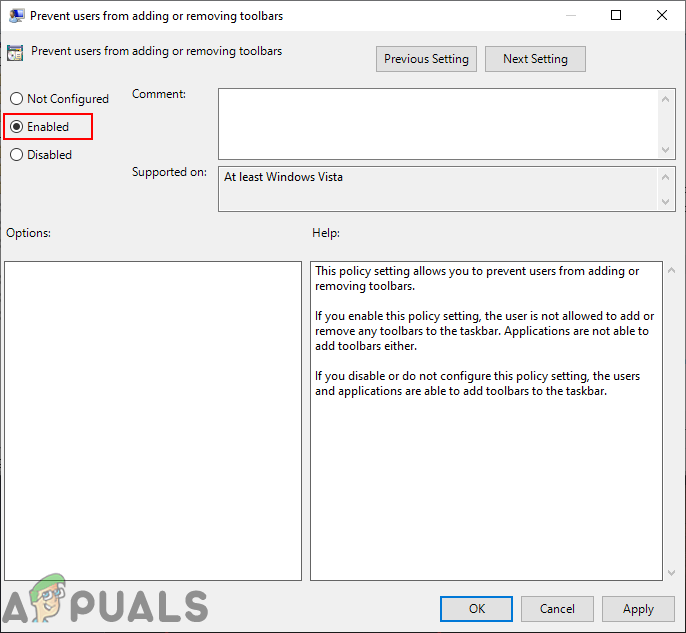
Enabling the setting - Lastly, click on the Apply/Ok button to save the changes. This will disable the toolbars for the Taskbar.
- To enable it back, you need to change the toggle option back to Not Configured or Disabled in step 3.
Disabling Toolbars through the Registry Editor
Basically, the Group Policy will modify and update your Windows Registry. However, if you don’t have the Group Policy Editor available on your system, then you can directly modify the Registry manually. This will require a few technical steps for creating the missing key or value for that specific setting. We recommend users to create a backup of Windows Registry before making any new changes. This is because any wrong configuration in the Windows Registry will cause issues in the system.
- Open a Run dialog by pressing the Windows and R keys on your keyboard. To open the Local Group Policy Editor, type “regedit” in it and press the Enter key. If prompted by the User Account Control dialog, then choose the Yes option.
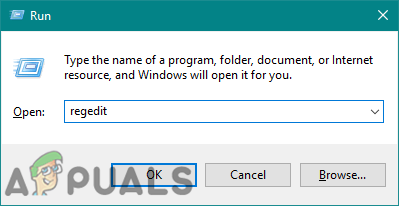
Opening the Registry Editor - Navigate to the following path in the Registry Editor window:
HKEY_CURRENT_USER\Software\Microsoft\Windows\CurrentVersion\Policies\Explorer
- Right-click on the right pane and choose the New > DWORD (32-bit) Value option. Name this value as “TaskbarNoAddRemoveToolbar“.
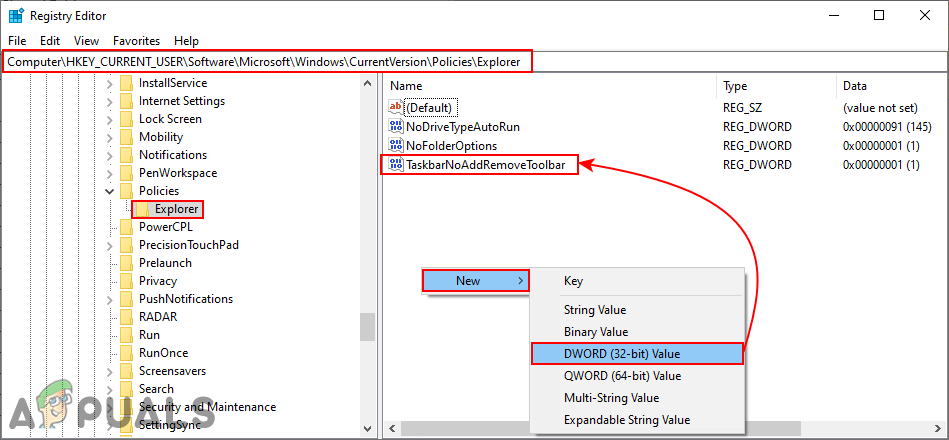
Creating a new value in the Registry Editor - Open the value by double-clicking on it and change the value data to 1.
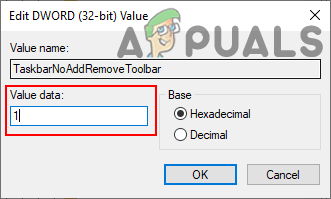
Enabling the value - Restart your computer after making all the changes in the Registry Editor. This will apply the changes to your system and disable the toolbars on Taskbar.
- To enable it back, you need to change the value data to 0 or remove the value from the Registry Editor.


